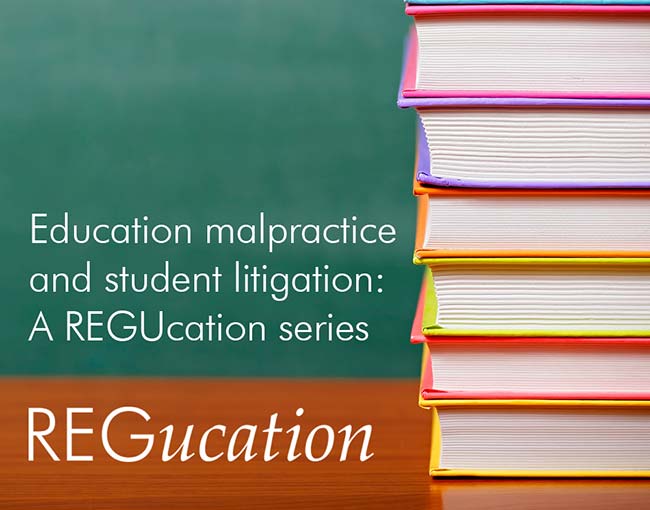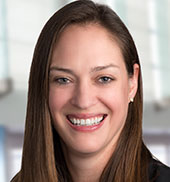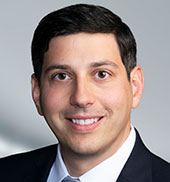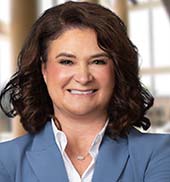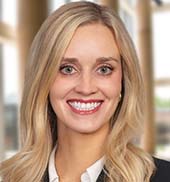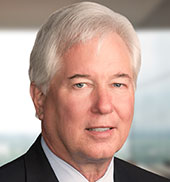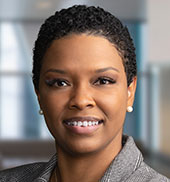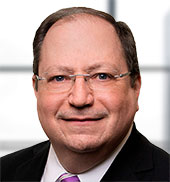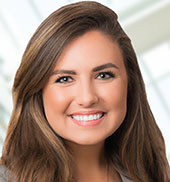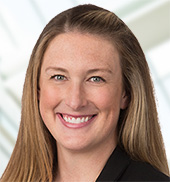This post is the second in our three-part series on recent legal authority addressing the educational malpractice doctrine. We are examining this authority through the lens of “lessons learned,” and discussing methods for effectively using the education malpractice doctrine to defend against such claims.
In our first installment, we recommended that postsecondary institutions carefully examine the underlying claims of any student lawsuit to determine if it is rooted in malpractice and thus barred by the widely-recognized educational malpractice doctrine. Today we explore the wide reach of the doctrine and the various claims it possible could defeat.
Lesson 2: The educational malpractice doctrine covers a wide array of factual assertions — know what allegations to look for
Claims for educational malpractice often get overlooked because they do not, on their face, clearly implicate the provision of educational services. Regardless, courts often find that claims are barred because the doctrine is broadly defined. As one court recently noted, the doctrine covers any claim that “requires the fact finder to enter the classroom and determine whether or not the judgments and conduct of professional educators were deficient.” Harris v. Dutchess Cty. Bd. of Co-op. Educ. Servs., 50 Misc. 3d 750, 25 N.Y.S.3d 527 (N.Y. Sup. Ct. 2015). This is because courts will generally eschew claims that require them to “make judgments as to the viability of broad educational policies” or “to sit in review of the day-to-day implementation of these policies.” Id.
Thus, the educational malpractice doctrine may apply even when the claims are not directly tied to allegations of poor education, but nonetheless implicate school policies or judgment calls. For example, in Cheslowitz v. The Bd. of Trustees of the Knox School, 2015 WL 1912296 (N.Y.Sup. April 14, 2015), the plaintiff claimed that the school failed to properly hire, supervise and retain teachers, administrators, deans, and headmasters. The Court dismissed these claims based on the educational malpractice doctrine even though they related solely to the school’s hiring practices and not necessarily to educational services.
In Anderson v. High-Tech Institute, 2014 WL 3709796, at *4 (W.D. Mo. Feb. 28, 2014), a federal district court in Missouri defined the wide girth of Missouri’s educational malpractice doctrine, holding that the following factual alleged misrepresentations were barred by the doctrine:
- “Students would receive education sufficient to qualify for employment in their field of study.”
- “Students would be provided adequate modern framing aids and equipment upon which to learn.”
- “The instructors were experienced, well-qualified experts and top-trained professionals in their field of instruction.”
- “Classes would be restricted to a small size adequate for personalized instruction.”
The court also found that factual assertions concerning how the program operated were barred, even if those facts could be easily proven. This included allegations that “[s]ome classes would commence without an instructor” and “[c]lass instructors could, and would, change repeatedly during the semester.” Id.
In next week’s post, we’ll explore how to uncover educational malpractice claims and target them in strategic motions to dismiss.

